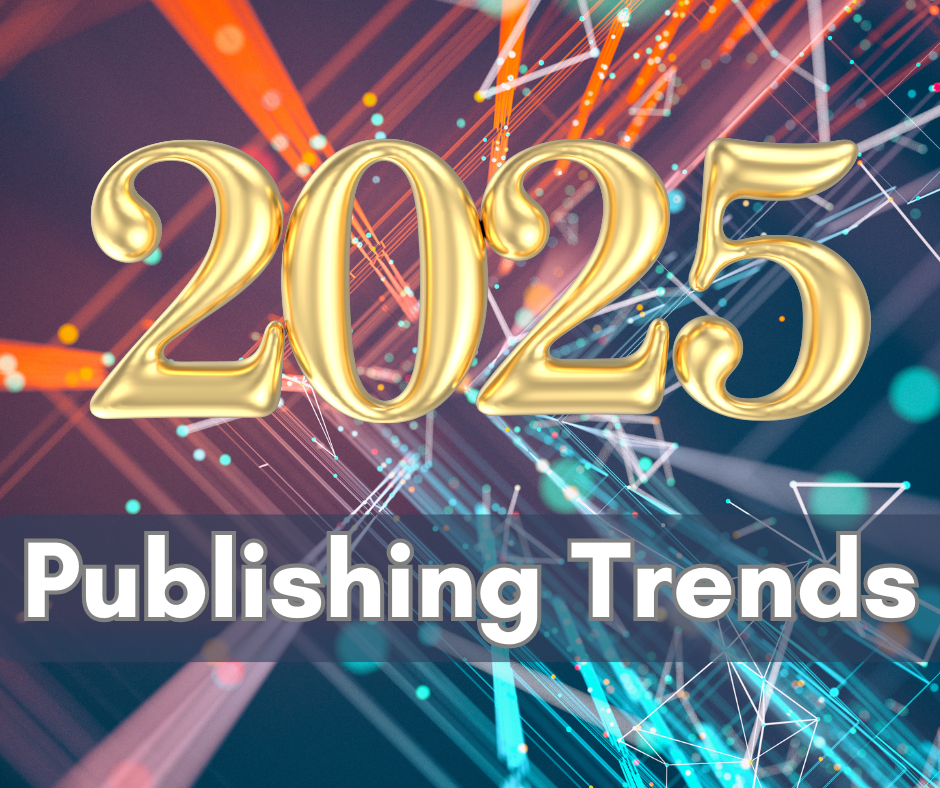|
Listen to or download this article:
|

Every genre is a competition

Let’s face it, finding those who are looking for a book just like yours isn’t always easy. But finding your target audience is key to creating a base of loyal fans clamoring for your next novel. Understanding of your target audience allows you to tailor your messages to more effectively gain their attention and improve your marketing return on investment (ROI). You’ll be able to create content that resonates with your target readers, boosts engagement, and ultimately drives conversions. A win, win, win!!
Whether you’re launching your debut novel or running a marketing campaign, understanding your readers can make all the difference in your success. Here’s a guide to help you effectively identify your target audience.

Identifiers That Will Help You Find Your Target Readers
Analyze Your Current Readers
Start by examining your existing readers. That can be family, friends, co-workers, or anyone that you’ve shared your work with and know they want to read more. Look for common characteristics such as age, gender, location, income level, and interests. Once you get your website set up, tools like Google Analytics and social media insights can provide valuable data about who is already engaging with your brand.
Conduct Market Research
Talk to your current readers to find out what initially interested them enough to read your book. This can be done informally through conversations with pointed questions that will help you understand what drives your readers’ purchasing decisions.

Create Buyer Personas
Once you have sufficient data about your readers, develop a reader character description. Just like the character descriptions you create when developing your characters, these are semi-fictional representations of your ideal readers. The information should include the demographics, behaviors, goals, and challenges your readers experience. A well-crafted reader persona is an asset to guide your marketing strategies and content creation, making them more interesting to your readers.
Analyze Other Authors in Your Genre
We all want our books to land on the bookshelves next to the best writers in our genre, so you better have a good understanding of your neighbors on that shelf will be. Study other writers’ books to see how they market their novels. Look at their covers, size, messaging on the cover, how they present the content, and then look those authors up on the web to see how they extend their marketing to their online presence.

Engage on Social Media
Using tools you already have in place gives you a leg up on identifying your ideal reader. Using your social media platforms as a goldmine for understanding your audience can really bring in a payload of new readers. Pay attention to the conversations happening in your genre, join relevant groups, regularly post, engage with your followers, and encourage them to share your content across their social media channels. Their comments and feedback can provide insights into their preferences and pain points.
Test and Iterate
Identifying your target audience is an ongoing process. Launch small campaigns or create content tailored to different segments of your audience, then analyze the results. Use A/B testing to determine what resonates best, and be prepared to adjust your strategies based on feedback and performance metrics. The better the campaign the more readers it will reach!
“A/B testing, at its most basic, is a way to compare two versions of something to figure out which performs better.” Learn more from the Harvard Business Review here!
Considerations to Remember
- Segmentation: Your audience is likely diverse, so consider segmenting it into smaller groups based on specific characteristics. This allows for more personalized marketing strategies.
- Adaptability: Audience preferences can change over time. Stay informed about trends and be willing to adapt your approach as needed.
- Feedback Loop: Encourage and monitor feedback regularly. This ongoing dialogue can provide invaluable insights into your audience’s evolving needs.
Identifying your target audience is a crucial step toward building a successful brand. By taking the time to understand who your customers are, what they need, and how they think, you’ll be better equipped to create meaningful connections that drive engagement and sales.
Remember, your audience is the heart of your business as an author! Knowing your audience is key to unlocking your full potential.
Chanticleer Editorial Services – We’re ready when you are ready!
Did you know that Chanticleer offers editorial services?
We do and have been doing so since 2011!

Tools of the Editing Trade
Our professional editors are top-notch and are experts in the Chicago Manual of Style. They have and are working for the top publishing houses (TOR, McMillian, Thomas Mercer, Penguin Random House, Simon Schuster, etc.).
If you would like more information, we invite you to email Kiffer or Sharon at KBrown@ChantiReviews.com or SAnderson@ChantiReviews.com for more information, testimonials, and fees.
We work with a small number of exclusive clients who want to collaborate with our team of top-editors on an on-going basis.Contact us today!
Chanticleer Editorial Services also offers writing craft sessions and masterclasses. Sign up to find out where, when, and how sessions being held.
A great way to get started is with our manuscript evaluation service. Here are some handy links about this tried and true service: https://www.chantireviews.com/manuscript-reviews/









Leave A Comment